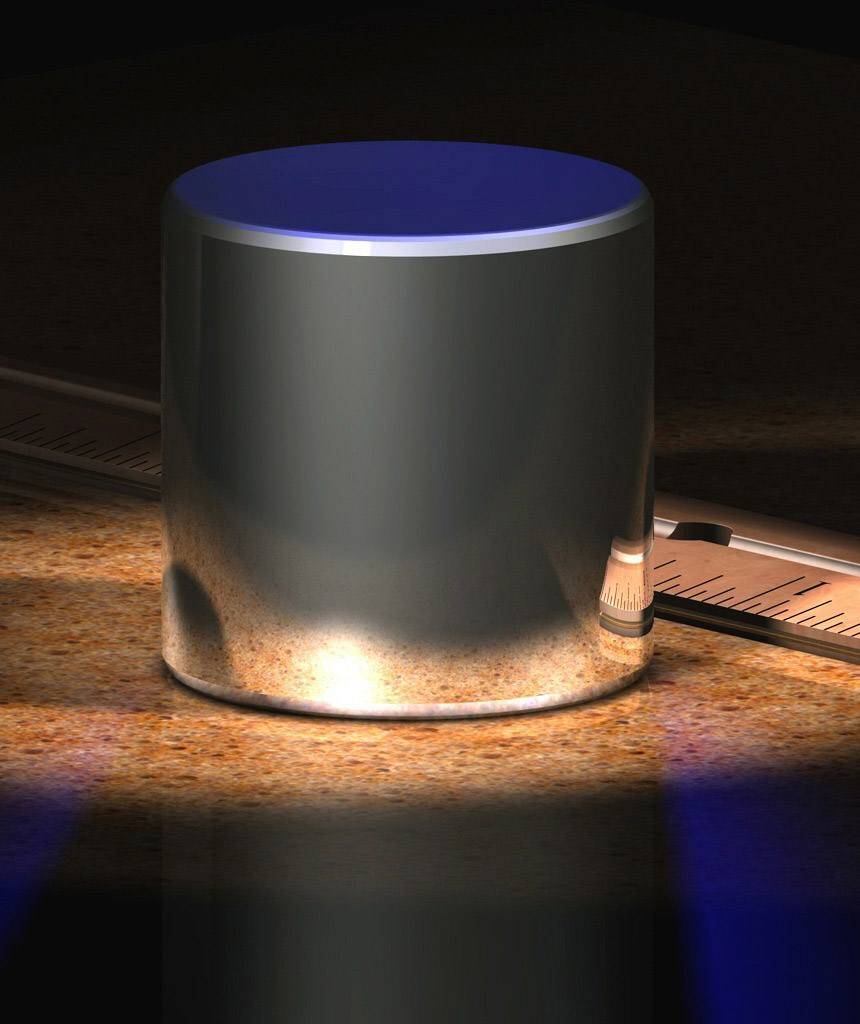At least according to NIST.
So how exactly is a mass of 1 kilogram defined? In 1889 it was defined as a mass of platinum-iridium cylinder, and it's almost equal to the mass of 1 liter of water. Originally there were 40 cylinders made in 1884. To this day it's the only International Systems of Units (SI) unit still defined by an physical artifact. Other units, once represented by artifacts, were quantified in terms of mathematical constants. However, kilogram still affects some of them. Ampere, mole and candela are defined relative to other units, which include mass. And even more units definitions are based on those 3, in effect being affected by the definition of mass.
Over time, due to effects of quantum physics and material degradation, the mass of platinum-iridium cylinder, known as International Prototype Kilogram has changed. Since the cylinders are stored in air, they gain mass through adsorption of atmospheric contamination. So the end result is that the kilogram no longer weights 1 kilogram.
The new proposed definition of kilogram is based on Planck constant. Planck constant is physical constant, described as the proportionality constant between the energy on a single photon and the frequency of it's electromagnetic wave. It has a value of energy multiplied by time. In SI units one of energy definitions can be based directly on mass, so that presents an opportunity to remove last remaining physical artifact, defining measurement unit.
In theory, physicists will be able to define an ideal kilogram and it won't involve any metal, or any physical object ever again.
